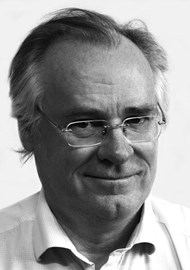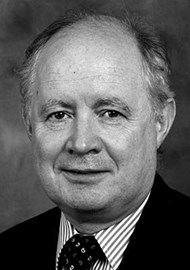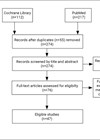Helge Rask-Andersen, head of the inner ear research laboratory at the University of Uppsala in Sweden, has many achievements to his name. He was made an Honorary Member of ENT UK earlier this year. Gerry O’Donoghue caught up with him to talk about ears, nerves, synchrotrons, and crocodiles!
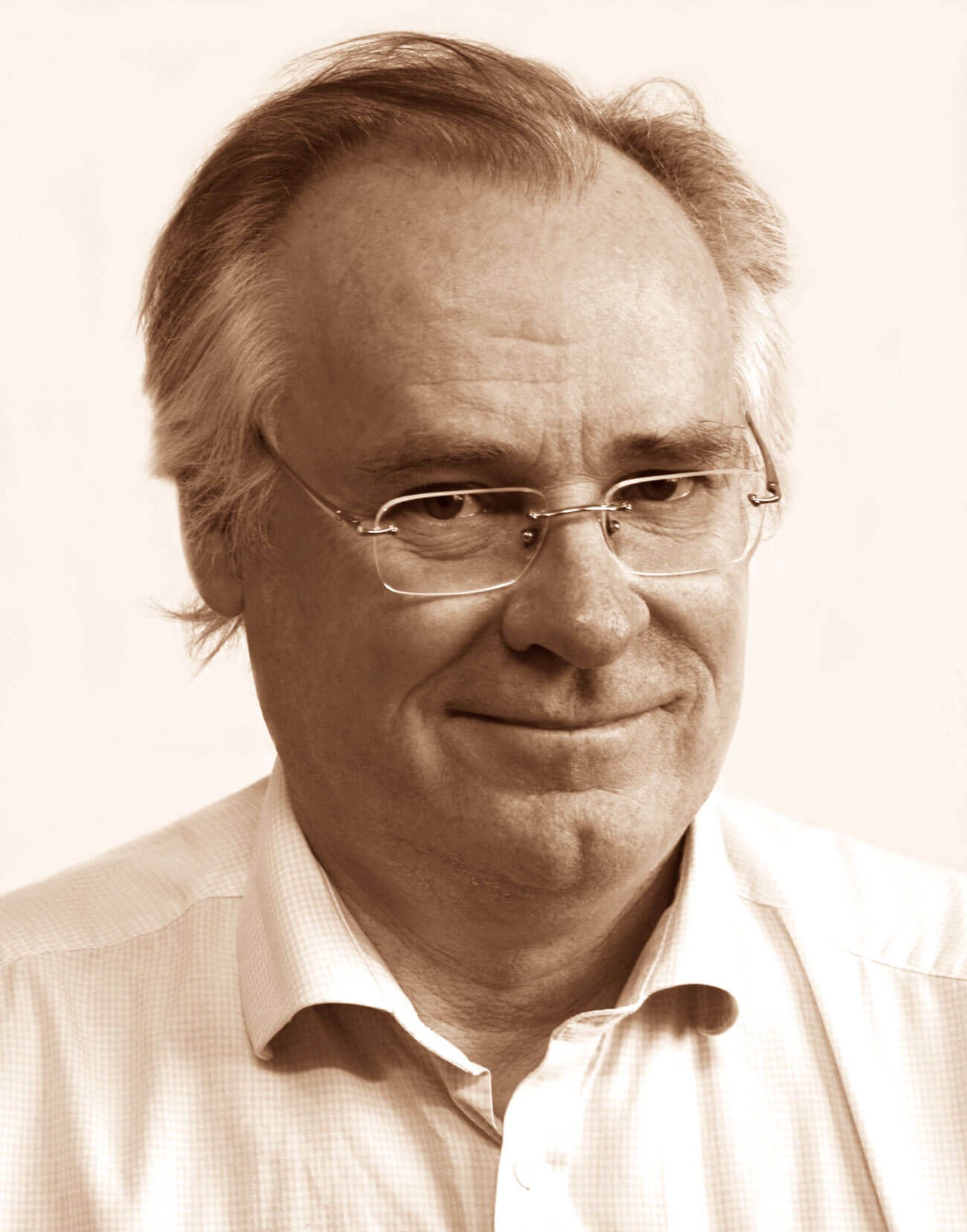
You have worked in the Uppsala department where giant footsteps went before you, including those of Barany, Nylen and others. Did you feel their weight on your shoulders?
I admired them and still do. Robert Barany was a genius and had so many new thoughts apart from the vestibular research. Professor Hans Engström was the father of inner ear electron microscopy. He stimulated my interest in this exciting field and to apply it to the inner ear.
Do you think that it will be possible to treat human deafness by regenerative therapy?
Yes, we already see progress in eye research and the experimental research so far in our field is very encouraging. For instance, human pluripotent stem cell-derived otic neuroprogenitors may prove to be an attractive therapy and have been shown to restore hearing in a mammalian model. An important issue is to find a safe anatomical trajectory in the complex and insulated inner ear.
Is there an ongoing regenerative process within the neurosensory structures of the human hearing organ?
The mammalian otic hair cells have very restricted ability to regenerate but recent research sheds new light on this, describing supernumerary inner hair cells suggesting some replenishment, even in humans. But the regenerative capacity is limited compared to that seen in non-mammalians. However, it seems from experimental work that we can induce regeneration by modulating inherent inhibitory signaling. These studies are on-going.
You recently had the opportunity to study the inner ear of a crocodile – how did that come about and what did you find?
This was from a zoo in Sweden that contacted me after a radio broadcast. They had to eliminate some crocodiles and wished to use them for regenerative research of the ear. Ethical consent was obtained to analyse them. Our crocodile research suggests that the efferent nerve system could be involved in the regenerative process. They are very impressive in these animals. We also found new cellular communicative systems within the crocodile cells to transfer genetic information in their hearing organ.
"Our crocodile research suggests that the efferent nerve system could be involved in the regenerative process"
You showed in your publication the formation of a new acoustic ganglion formed in culture from auditory nerve cells. How is this possible?
My research was usually based on human material collected at surgery. Surprisingly, we found that the human ear contains neural stem cells but their potential to form new auditory nerves is still limited. And we need to learn how these stem cells are regulated.
Do auditory nerves ‘talk’ to each other?
We performed a lot of human auditory nerve cell cultures. It showed that these cells are amazingly “intelligent”and full of collaborative and communicative abilities. They are, like humans, very social. I was stunned to see with time-lapse microscopy how they also interacted with each other in some unknown and mysterious ways without any physical interaction. They actually worked together like architects to form a ganglion in vitro. The growth cones functioned as mechanical tools!
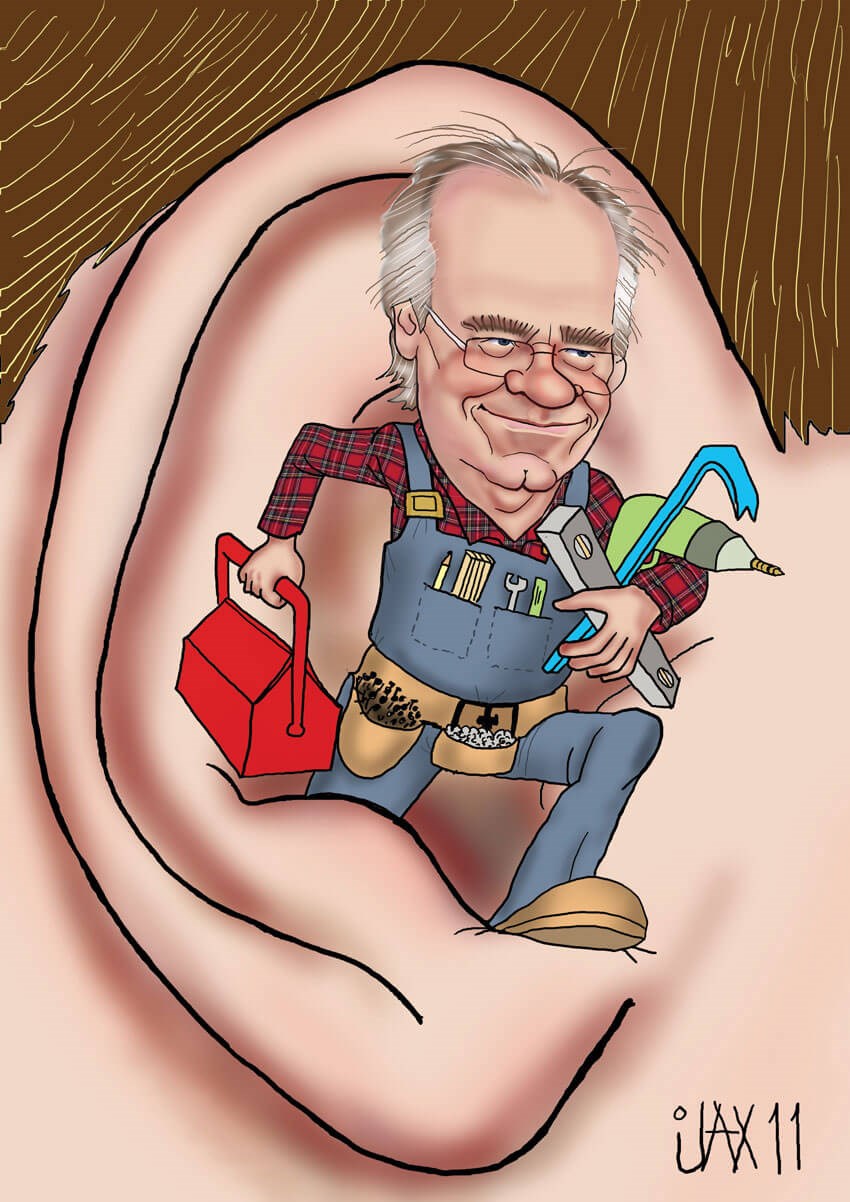
A cartoon of Helge by his friends at the Dalarna branch
of the Swedish Deafness Foundation in 2011.
You have described the cochlea as acting like a ‘battery’ – what do you mean and is the ‘battery’ replaceable?
A complex cellular network in the lateral wall generates wonderful renewable energy (80mV field potential) through pumps, ion channels and semi-conductors necessary for hair cells to work. Malfunction causes sensorineural hearing loss and this will be the new area of research.
When will we see clinical restoration of auditory function through cell transplantation or molecular treatment or gene therapy?
There is so much going on right now in cell transplantation strategies and gene therapy. The revolution in gene therapy and targeting has already resulted in several clinical trials to treat deafness and restore hair cell function, such as in Usher’s syndrome. This is also extended to other targets such as the lateral cochlear wall, but we still need more information about the extremely complex cellular systems regulating our hearing such as those in supporting cells and fibrocyte networks. And we need new methods to analyse gene expression in individual cells at a larger scale.
How can this be done surgically?
New molecules and genes will be introduced through various delivery systems, mostly through the round window in surgical procedures using various smart ‘Trojan horses’ and other ways and will be personalised for each condition.
I see that you have recently been applying synchrotron technology to the inner ear – can you explain why?
I met these wonderful people from London Ontario, Canada (Dr Sumit Agrawal and Hanif Ladak) at a course we had in Uppsala. They introduced me to this technique that I did not know about. I was immediately mesmerised and, since then, we work together in several projects. It provides very high resolution of the 3D interior of the unprocessed cochlea, almost at the light microscopic level. Hopefully a technique will be developed for using it also in vivo.
You are now Professor Emeritus, yet you remain a prolific researcher with global collaborations - what is it that drives you?
As a famous 109-year-old Swedish blogger said recently, “man skall inte gamla till sig” meaning “one should not make you older than you are”.
Ever since I was a small kid building toys, I like small things. To search for new things not described before is truly invigorating and gives me a ‘kick’. The human inner ear has enthralled me since 1972 and I have been unable to escape from its ‘labyrinth’ ever since!
What is the most important deliverable from hearing research in your clinical career?
We have reached a fantastic goal through cochlear implantation. It is truly unbelievable. We await the Nobel Committee to award those who really earn the Nobel Prize. I think this will happen this year in Stockholm.
What colleague influenced you the most in your career?
One of my great heroes was William House. I spent one year in Los Angeles at the House Ear Institute. He spent a lot of time drilling in the pathology department, and this led him to understand that acoustic neuroma could be removed through the ear instead of pushing the brain aside. That was only one of his many inventions that came from his studies.
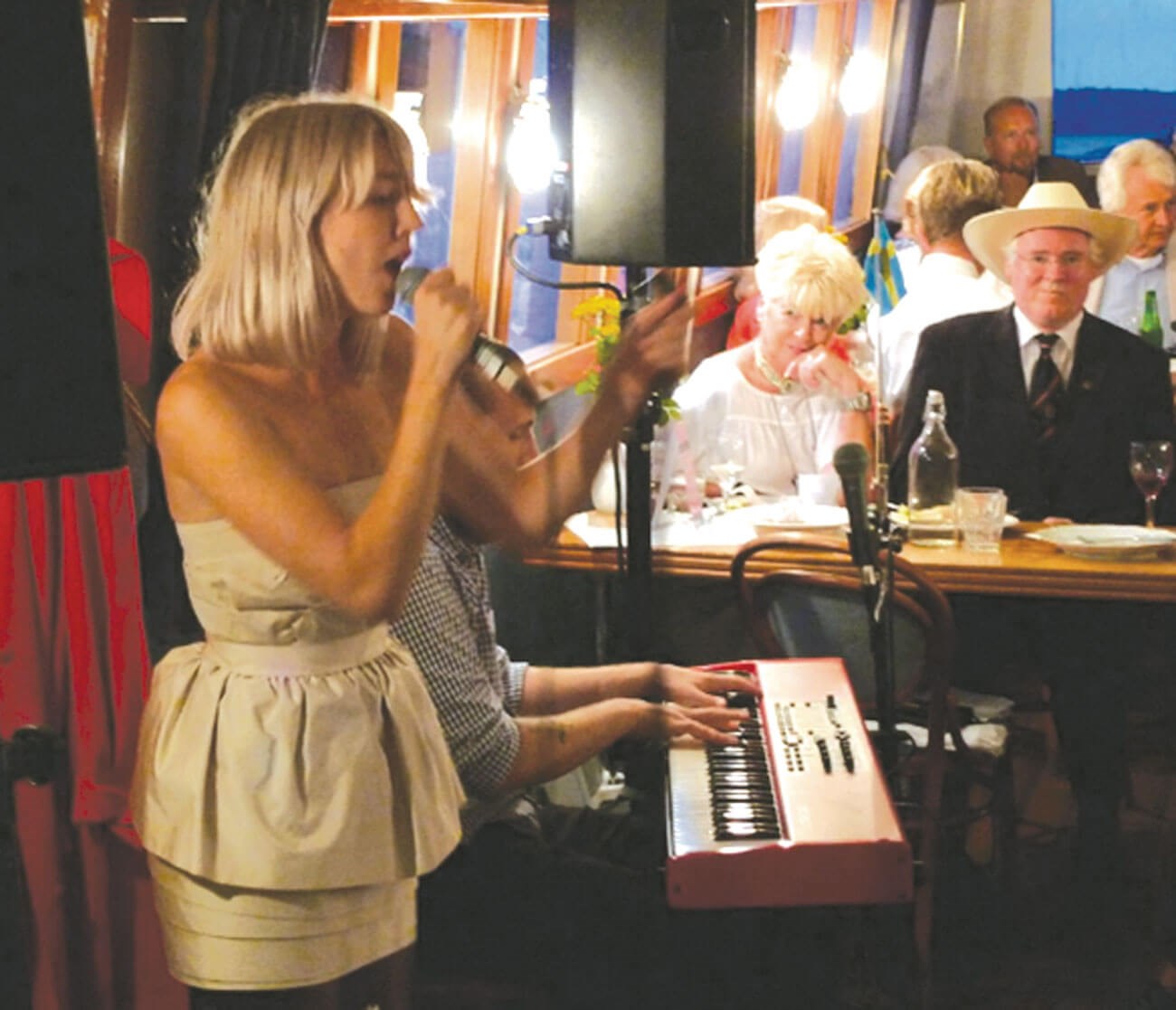
A dapper Helge with straw hat, pictured with his sister, celebrating his 60th birthday on a boat trip on the Fyris River in 2010. In the foreground is celebrity rock star and family member, Veronica Maggio.
Is it true that you attend concerts of the great Swedish Rock star, Veronica Maggio?
Yes! Veronica is in the family and brings us happiness in music all the time. Her lyrics are all in Swedish and are truly poetic (see www.youtube.com/watch?v=B4HGeIPzAwQ). She has been downloaded in the Scandinavian countries one billion times. Actually, we were at a party to release her new album very recently and the concert was wonderful but, before her appearance, the DJ played music at very high levels. They should be much more careful. There was no real control, and it was too much for my poor old ears that suffer from tinnitus!



